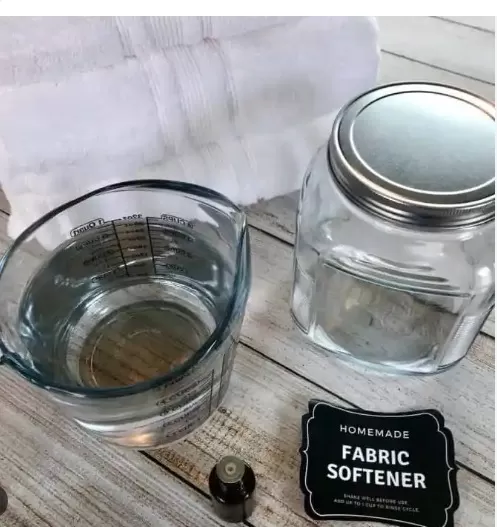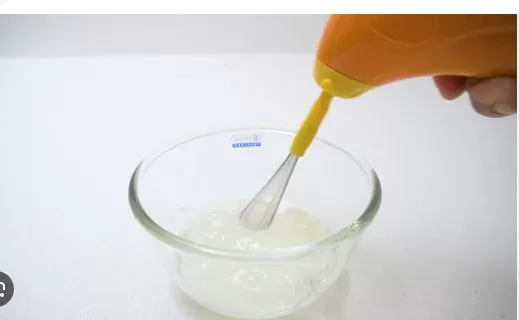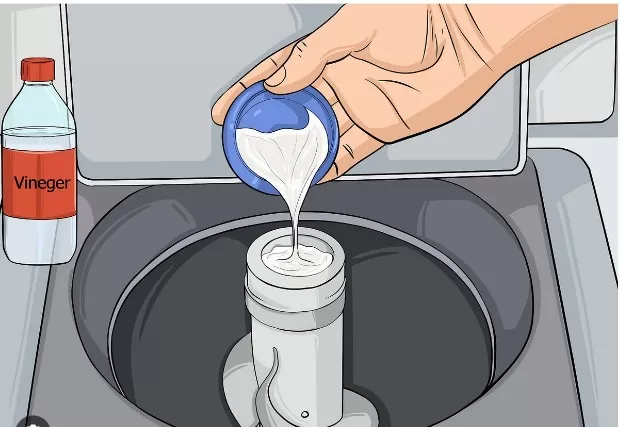DIY Fabric Softener: Step-by-Step Instructions.If you’re concerned about potential allergens and irritants in store-bought fabric softeners, or if you’re looking to save some money, making your own fabric softener at home is a great alternative. Homemade fabric softeners often use natural ingredients and allow you to customize the scent to your preference.
Plus, you’ll have peace of mind knowing exactly what goes into your laundry routine. There are various recipes available online that typically involve ingredients like white vinegar, baking soda, essential oils, and water. Give it a try and enjoy soft, fresh-smelling laundry without the worry.
Essential Materials and Tools for Homemade Fabric Softener

If you’re looking to make your own fabric softener at home, here’s a list of the necessary materials and tools that are readily available on Amazon.
With these items, you can create a cost-effective and customizable fabric softener that will leave your laundry feeling soft and smelling fresh.
Pitcher: A pitcher will come in handy for mixing and pouring the fabric softener mixture.
Large Bowl (optional): You may want to use a large bowl to mix the ingredients before transferring them to the pitcher.
This will provide more space for thorough mixing.
Funnel (optional): A funnel can be useful for pouring the mixture into the fabric softener dispenser or a storage container, ensuring minimal spills or mess.
Saucepan: You’ll need a saucepan to heat water for the fabric softener recipe.
Water (6 cups): The primary base of the fabric softener is water, so make sure you have 6 cups available for the recipe.
Hair Conditioner (2 cups): Hair conditioner will act as the softening agent in the fabric softener.
Choose a conditioner with a fragrance you enjoy for a pleasant scent on your clothes.
Vinegar (3 cups): Vinegar helps to reduce static cling and soften fabrics even further.
It also aids in removing detergent residue.
1-gallon Plastic Bottle: You’ll need a large plastic bottle to store the fabric softener mixture.
A 1-gallon size is recommended for convenience and storage capacity.
Fabric Softener Dispenser Ball (optional): If you prefer using a dispenser ball, you can find one on Amazon.
This handy tool helps distribute the fabric softener evenly throughout the wash.
By having these materials and tools on hand, you’ll be ready to make your own fabric softener at home using a simple and effective recipe.
Enjoy the benefits of softer, fresher-smelling laundry while also saving money by creating your own fabric softener solution.
Step 1: Prepare a Mixing Container
To begin making your homemade fabric softener, choose a large container that can hold the entire mixture.
A 1-gallon pitcher or a bucket will work well for this purpose. The pitcher’s spout will make it convenient to pour the fabric softener into another bottle for storage once all the ingredients are thoroughly combined. Alternatively, if you opt for a bowl for mixing, you’ll also need a funnel to transfer the mixture into a storage container easily.
Step 3: Mix the Hair Conditioner with Hot Water

In your chosen container, combine the 2 cups of hair conditioner with the hot water.
You don’t need to stick to an expensive professional brand for this DIY fabric softener. Any generic brand will work as long as you enjoy the scent and have checked the ingredients to ensure there are no potential allergens.
The hot water will help to thin out the thick consistency of the conditioner, making it easier to combine the two ingredients. Use a spoon to stir the mixture, ensuring that any lumps are dissolved and the ingredients are well-blended.
Step 4: Add Vinegar and Stir
While the fabric softener mixture is still warm, add the 3 cups of vinegar to the container.
Vinegar is a popular natural ingredient known for its odor-removing properties and ability to soften fibers. As you add the vinegar, continue stirring the mixture to ensure thorough blending. It’s important to note that you should avoid shaking the mixture vigorously, as this may cause the conditioner to create suds, which is not desired in fabric softener.
Step 5: Transfer the Fabric Softener Mixture

Now that your fabric softener mixture is complete, it’s time to transfer it into a suitable container for storage and future use.
If you used a pitcher or bowl for mixing, you can use a funnel to pour the mixture into an old fabric softener bottle. If you don’t have a fabric softener bottle available, you can repurpose a clean, gallon-sized container with a resealable lid, such as a milk jug.
Choose a container that will allow for easy pouring into a measuring scoop when it’s time to do laundry.
Once you’re ready to use your homemade fabric softener, treat it like you would a store-bought one.
Add approximately a quarter- or half-cup of the mixture to appropriate fabrics at the beginning of the rinse cycle. Most washing machines have a fabric softener dispenser, but if yours doesn’t, you can distribute the fabric softener manually throughout the contents of a Top-Loading Washing Machine.
Alternatively, you can use an automatic fabric softener-dispensing ball to simplify the process and make laundry day even more effortless.
*The information is for reference only.